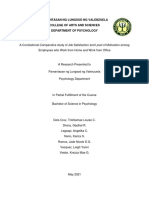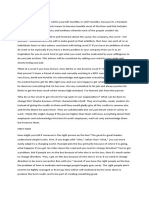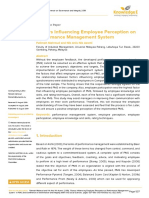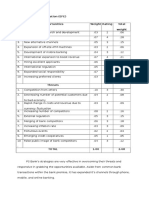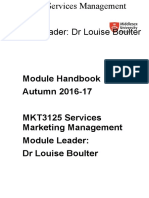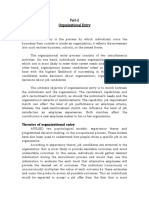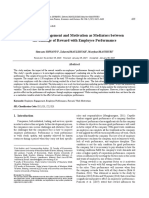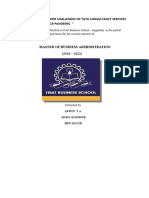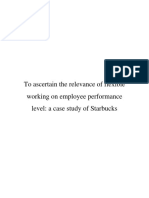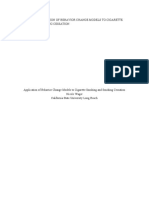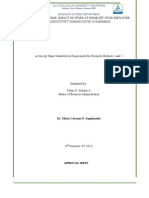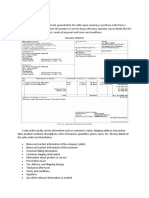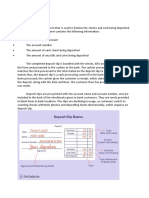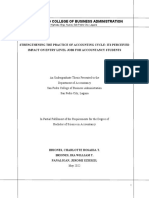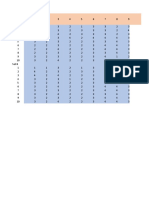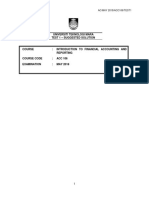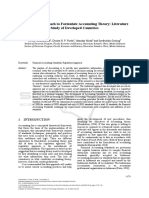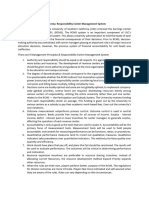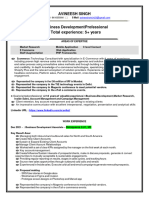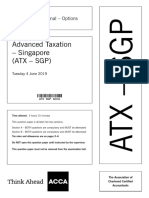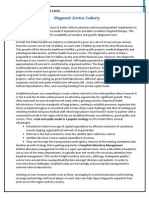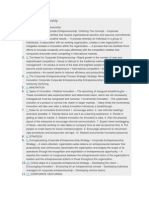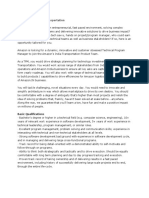0% found this document useful (0 votes)
256 views21 pagesChapter 2
1) A study from Korea found that when the household head telecommuted, total household travel increased, though not on regular commuting days. This suggests the benefits of telecommuting are not as great as expected.
2) A 2012 study found that people performed routine tasks better in an office but were more creative at home. Another study found telecommuting improved performance and job satisfaction for call center employees and reduced attrition.
3) Studies in the Philippines have found that work from home factors positively impact job satisfaction and productivity but negatively affect job performance and do not impact job stress. Work from home arrangements are becoming more common.
Uploaded by
MABALE Jeremy RancellCopyright
© © All Rights Reserved
We take content rights seriously. If you suspect this is your content, claim it here.
Available Formats
Download as DOCX, PDF, TXT or read online on Scribd
0% found this document useful (0 votes)
256 views21 pagesChapter 2
1) A study from Korea found that when the household head telecommuted, total household travel increased, though not on regular commuting days. This suggests the benefits of telecommuting are not as great as expected.
2) A 2012 study found that people performed routine tasks better in an office but were more creative at home. Another study found telecommuting improved performance and job satisfaction for call center employees and reduced attrition.
3) Studies in the Philippines have found that work from home factors positively impact job satisfaction and productivity but negatively affect job performance and do not impact job stress. Work from home arrangements are becoming more common.
Uploaded by
MABALE Jeremy RancellCopyright
© © All Rights Reserved
We take content rights seriously. If you suspect this is your content, claim it here.
Available Formats
Download as DOCX, PDF, TXT or read online on Scribd
/ 21
